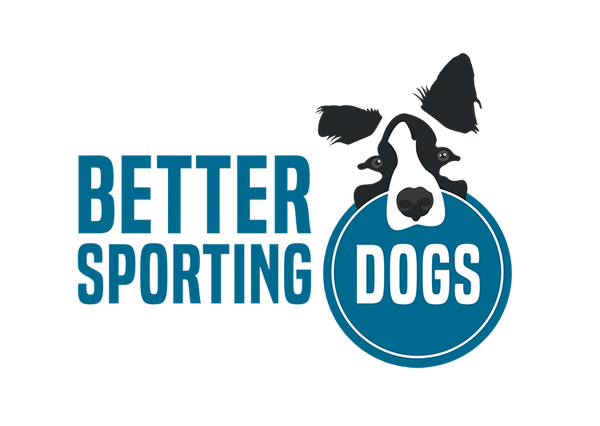Training your dog using an agility ladder is a fun and engaging way to build agility, coordination, and mental sharpness. Whether you're new to agility training or looking to refine your dog’s skills, the agility ladder is an excellent tool that helps with balance, body awareness, and paw placement. Here are five tips to make the most out of agility ladder training with your dog.
- Start Slow: Introduce Your Dog to the Ladder
If your dog has never encountered an agility ladder, start by introducing them slowly. Place the ladder flat on the ground and let your dog sniff and explore it at their own pace. Encourage them to step into and over the ladder rungs without rushing. You want your dog to build confidence, so be patient and reward them for even the smallest progress.
Pro Tip: Use treats or a favorite toy to lure your dog into stepping inside the ladder rungs. Praise and reward them with every correct step to reinforce positive behavior.
- Keep the Sessions Short and Positive
When starting agility ladder training, keep your training sessions short—five to ten minutes is enough for most dogs, especially beginners. Dogs can get tired or frustrated if sessions drag on too long, so it’s important to end each session on a positive note. Celebrate small victories, whether that’s your dog completing a couple of ladder steps correctly or showing improved focus.
Pro Tip: Aim for consistency over long sessions. Short daily practice is much more effective than infrequent but extended training.
- Focus on Paw Placement
The agility ladder is a great way to teach your dog awareness of their paws. As your dog moves through the ladder, encourage them to step carefully and deliberately into the spaces between the rungs. You can achieve this by walking slowly beside them and using cues like “easy” or “steady” to help them understand they should move deliberately.
Pro Tip: For advanced dogs, you can increase the challenge by adjusting the spacing of the ladder or having them move through the ladder backward.
- Incorporate Ladder Training into a Larger Agility Course
Once your dog gets the hang of the agility ladder, try incorporating it into a larger agility course. Combine the ladder with other obstacles like tunnels, jumps, and weave poles. This helps your dog practice transitioning between different exercises and builds their overall agility, balance, and endurance.
Pro Tip: Use the ladder as a warm-up exercise before your dog moves on to more intense parts of the agility course. This helps activate their muscles and increases focus.
- Challenge Your Dog with Different Variations
As your dog becomes more proficient with the ladder, you can increase the difficulty by adding different variations. For example:
Side Steps: Have your dog move sideways through the ladder, placing one paw in each rung.
High Knees: Encourage your dog to lift their paws higher while stepping through the ladder, which enhances their muscle engagement.
Speed Training: Gradually increase the pace at which your dog moves through the ladder.
These variations not only challenge your dog physically but also engage their mind as they adjust to new movements.
Pro Tip: Be mindful of your dog’s physical limits. If they seem tired or unsure, slow down and make sure they’re having fun. Agility training should be enjoyable for both you and your dog.
Training with an agility ladder is a great way to build your dog’s coordination and confidence while also deepening your bond. Remember, agility training should always be a positive experience. Keep your dog’s skill level and personality in mind, and enjoy the journey of improvement together. Happy training!
SAFETY FIRST:
As always, you should make sure your dog is in good physical health before beginning any agility training. Young puppies should not be practicing agility to protect their joint health. If you're waiting for a puppy to grow up, now is a great time to work on foundation training. Prioritize safety and comfort over speed in learning. When the equipment is set up, you want to make sure it is on a soft surface. You do not want to have a dog practice repetitively on a concrete, or asphalt-type surface. Grass, dirt, and indoors work well.

